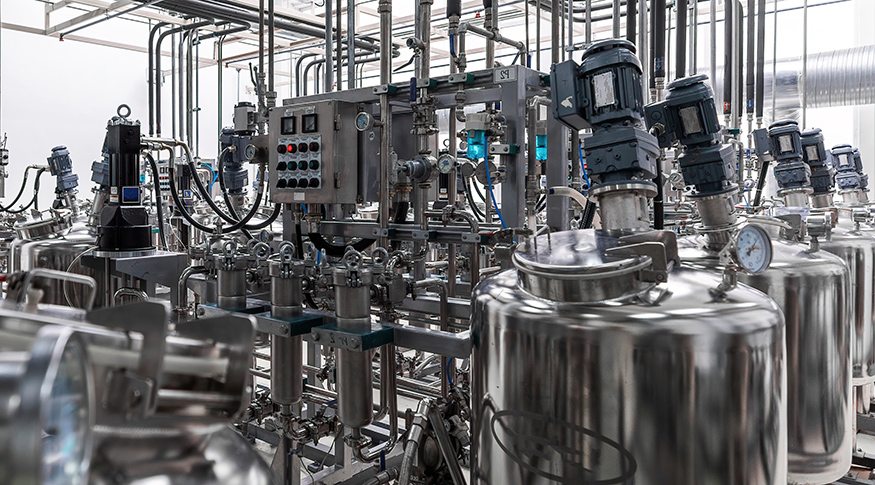IPP
Inflation in industry hits -0.30% in February
March 29, 2023 09h00 AM | Last Updated: March 30, 2023 03h38 PM

Industry prices changed by -0.30% in February from January, the third lowest rate for the month, since the start of the time series, in 2014. The cumulative index in the year reached -0.01%, also the third lowest for a month of February since 2014. The cumulative index in 12 months was 1.38%.
The result, released today by the IBGE,reflects, mainly, the deflation in the segment of other chemicals, an activity responsible for -0.21 percentage points (p.p) of influence on the change of -0.30% in general industry. Also in this respect, other activities that also stood out were petroleum refining and biofuels, accounting (-0.20 p.p) and food products (-0.18 p.p).
““Chemical industry accounted for the main negative impact due to the fall of prices of products used in crops: manure and fertilizers and fungicide substances. That was a result of the reduced demand and stability of prices after rises caused by the war of Ukraine. The war disorganized supply and now that it has been reaching normal standards, price start to fall. Brazil is a major importer and follows international prices. Another factor is the appreciation of real in relation to the dollar, causing procuts to become cheaper in real,” says Alexandre Brandão, manager of the survey.
Also relevant in terms of negative results is petroleum refining and alcohol production, second main influence, with a decrease in diesel due to the fall of international prices of crude oil.
The third main influence comes from food products, with a fall of prices of margarine and soybean oil, as a consequence of the lower international prices of soybean. “As for fresh or chilled beef, the descrease was to to China’s embargo to Brazilian beef after a case of mad cow disease was diagnosed. The non-exported production was, at least, directed to the domestic market and prices fell,” Mr. Brandão says.
Eleven of the 24 activities of industry surveyed recorded positive changes in price against the immediately previous month. The manager of IPP says that many products were affected by the appreciation of real against the dollar. “But other products with a negative change accounted for the very dynamics of the market.”
On the other hand, as for positive results, sectors such as wearing apparel (4.91%); mining and quarrying industries (300%) and beverages (1.79%) recorded increases. In the case of wearing apparel, that is related to changes in fashion collections. As for beverages, prices are usually higher in the beginning of the second semester. “But as summer was very hot, demand increased and prices rose,” said Brandão.
He highlights that, by analyzing the period of the pandemic, between March 2020 and July 2022, there were 28 months with rise of prices and fall of prices was only registered in December 2021. The opposite movement has been observed since August.
“From August to February there were six months of fall of prices and increase in January 2023, only. There is a trend to fall of prices, which is related to the normalization of production chains, Mr. Brandão says.
Know more about the IPP
The Producer Price Index (IPP), whose scope is the mining and manufacturing industries, aims at measuring the average change of sale prices received by domestic producers of goods and services, as well as its evolution over time, signaling the short-term inflationary trends in Brazil. It is a key indicator for the macroeconomic monitoring and, consequently, a valuable analytical instrument for decision makers, either public or private.
The survey investigates, in a few more than 2,100 enterprises, the prices received by producers, free from tax, tariffs and freight, defined according the most usual commercial practices. Nearly 6,000 prices are collected monthly. Adopting the National Classification of Economic Activities (CNAE 2.0), the IPP produces indicators for 24 activities in the mining and manufacturing industries, besides reorganizing the same data into major economic categories, split into capital goods, intermediate goods and consumer goods (durable and semi-durable and non-durable). Results are available at Sidra.




















